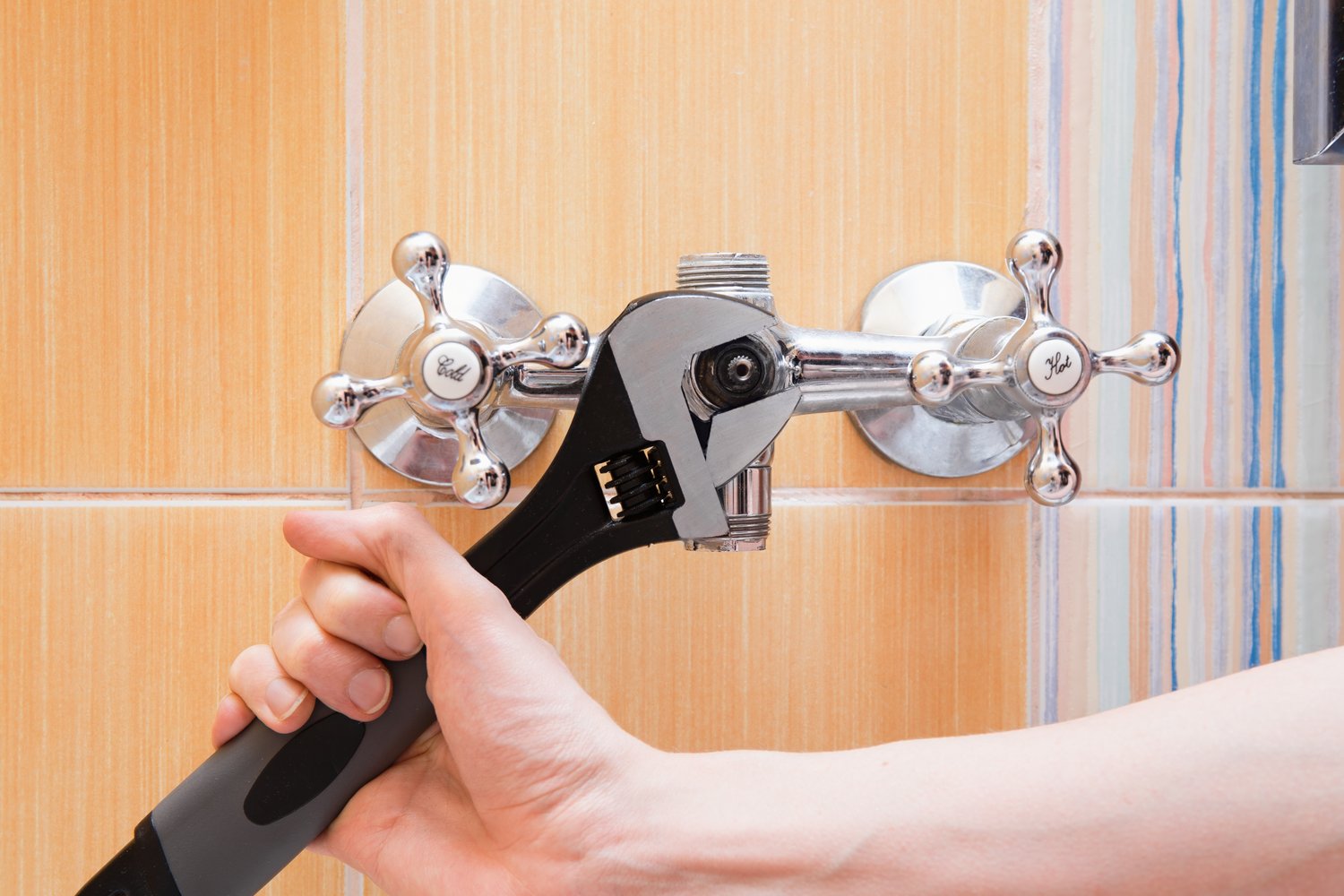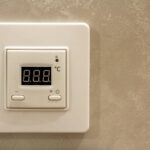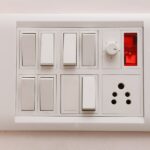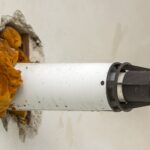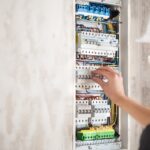Imagine hearing sudden, loud bangs echoing through your home every time you turn off a faucet. This isn’t just an annoyance; it’s a sign of a widespread plumbing problem known as water hammer. Failing to address it can result in severe damage to your plumbing system. In this article, we’ll delve into how you can prevent water hammer by effectively installing air chambers in your plumbing.
- Understand the mechanics behind water hammer and why it poses a threat to your plumbing system.
- Explore step-by-step air chamber installation techniques, designed to shield your home from perpetual pipe damage.
- Learn maintenance tips that ensure your air chambers continue to operate efficiently and keep your pipes safe over time.
By the end of this article, you’ll be equipped with practical knowledge to protect your plumbing system from the damaging effects of water hammer, ensuring long-term peace and functionality in your home.
Understanding Water Hammer: Causes and Effects in Plumbing Systems
Water hammer, often characterized by a series of loud banging noises, is a common plumbing issue that can lead to significant damage if left unaddressed. This phenomenon occurs when a sudden stop in water flow results in a sharp increase in pressure within the pipes. The abrupt halt creates a pressure surge, impacting the structural integrity of your plumbing system.
One of the primary causes of water hammer is the rapid closing of valves, such as those in washing machines or dishwashers, which can cause water to slam against the closed valve with great force. This surge can also be triggered by faulty pumps or issues with municipal water systems leading to inconsistent pressure levels.
The effects of water hammer are not merely auditory nuisances. Over time, these pressure surges can lead to pipe rattling, joint loosening, or even cause the pipes to crack or burst. Understanding these causes and effects is crucial, paving the way for implementing effective water hammer prevention measures. Ensuring that your plumbing system is safeguarded against these pressure fluctuations can prevent costly repairs and maintain the long-term functionality of your home’s plumbing.
Air Chamber Installation: Techniques and Guidelines
Air chambers are an effective solution for water hammer prevention, serving as a cushion that absorbs the pressure surges that cause disturbances in the plumbing system. Proper installation of air chambers can significantly reduce the risk of water hammer.
To begin with, selecting the appropriate tools and materials is critical. You will need a pipe cutter, soldering kit, and the air chamber fitting itself. The positioning of the air chamber is equally important; it should be installed vertically near the valve that’s prone to causing the shockwave when closed quickly.
Once you’ve gathered the necessary tools, the installation process is relatively straightforward. Begin by shutting off the water supply to the area where the air chamber will be installed. Next, cut into the pipe to create space for the air chamber fitting. Use the soldering kit to attach the air chamber securely, ensuring there are no leaks.
For DIY enthusiasts or professionals, understanding these methods and guidelines enhances the efficiency of your plumbing system, minimizing the risks associated with water hammer. Proper implementation ensures that your plumbing network remains resilient against potential damages, marrying functionality with peace of mind.
Preventive Measures: Water Hammer Prevention and Air Chamber Maintenance
Ensuring that your plumbing system remains free from the disruptive effects of water hammer hinges not only on initial installation methods but also on diligent maintenance and preventive measures. Installing air chambers is a proactive step; however, regular maintenance is crucial to sustain their effectiveness and prevent pipeline damage or costly repairs.
It is essential to conduct routine inspections of air chambers. Over time, these chambers can become waterlogged, reducing their ability to cushion the shockwave caused by sudden water stoppages. Observing the air chambers for signs of water accumulation is a critical first step. If they appear waterlogged, they may need to be drained or reset to restore proper functioning.
Another preventive measure includes ensuring that air chambers remain properly secured and positioned. Regularly checking the fittings and brackets will ensure that they are not loose or in danger of becoming detached, which could lead to inefficiencies in preventing water hammer.
Moreover, identifying and addressing any potential clogging within the air chambers is vital. Any debris or sediment build-up can impede performance and increase the risk of pressure surges. Flushing out your system periodically can help keep the chambers clear and functioning optimally.
Additionally, consider monitoring overall water pressure as part of your preventive strategy. High water pressure can exacerbate water hammer issues, so it may be beneficial to install a pressure regulator to manage and stabilize the system’s pressure levels. This can extend the life of your pipes and air chambers significantly.
Adopting these regular inspection and maintenance techniques can enhance the longevity and effectiveness of air chambers in your plumbing network. By staying proactive, you ensure that your system remains robust against potential damage from water hammer, providing peace of mind and safeguarding your investment.
Frequently Asked Questions About Water Hammer and Air Chamber Installation
What is water hammer?
Water hammer is a pressure surge caused by the sudden stop of water flow, resulting in loud banging noises and potential damage to pipes.
How does an air chamber help prevent water hammer?
An air chamber absorbs the shock waves from water hammer, preventing noise and pipe damage.
What tools are needed for air chamber installation?
You will need a wrench, pipe cutter, T-joint, and the air chamber unit.
Can I install an air chamber myself?
Yes, with the right tools and guidelines, you can install it yourself, but for complex systems, consider professional help.
How often should air chambers be maintained?
Regularly inspect air chambers for any water accumulation and clean them annually for optimal performance.

